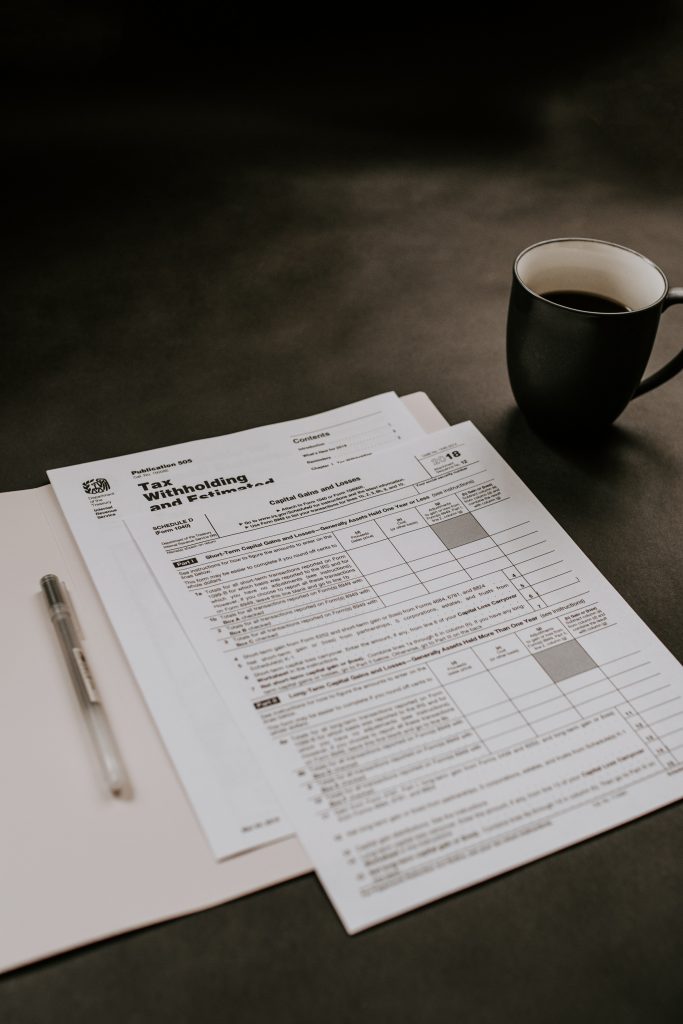Covid-19: Reducing Expenses in crisis
Did you know?
More than 55 000 SMMEs are expected to close their doors as a result of Covid-19 (survey). This will affect more than 42,000 jobs. 71% of businesses don’t have enough cash available to survive the next three months. What about you? Are you going to be a statistic? Can you survive by reducing expenses?
Unfortunately, this crisis is real. There are relief options in place, but not all businesses are eligible. And, perhaps, taking on a loan like 17% of other businesses, will not be a good fit for you.
Instead, why not try limit your additional credit burdens by first reducing your expenses?
5 areas to reduce (other than staff)
Non-essential costs
We’ve heard of non-essential services. And maybe you’re one of them. In the same way non-essential services have been shut down, so we need to shut down our non-essential expenses!
These expenses could be identified by the change in demand from your customers. However, most often are the “luxuries” we have in our business. These expenses should be cut down immediately.
- Entertainment costs
- Employee perks (e.g. travel allowance)
- Marketing print media
- External consultants – as it relates to non-revenue generating activities
- Subscriptions not related to core activities
Fixed costs
Once revenue stops, we need to do whatever we can to reduce the overhead costs that are not linked to our sales.
Review your fixed costs and see which can be:
- deferred
- reduced
- switched to pay as you use
Defer costs
Rent
Other than payroll, the next biggest cost for many businesses, is rent. Although there’s no clear relief being offered for rent, this is a discussion you need to have with your landlord.
Consider approaching them with a request to:
- defer your payments until after lock-down
- use your deposit to cover costs
- pay a percentage of your rental installment and catch up after lock-down

Reduce costs
Insurance
There might be an opportunity to negotiate a temporary reduction on insurance payments.
Some ways that could reduce your car insurance premiums include:
- Removing secondary drivers from your policy
- Increase your excess payment
- Reduce cover if the vehicle won’t be used as much
- Reduce the average kilometers driven in your policy
Decisions relating to insurance should be made carefully. Consult with your broker to evaluate your specific situation first.
Pay per use
Think about the fixed costs your business has. Is it possible to convert any of these to a usage basis? In other words, only pay for what you use as opposed to a fixed amount.
Some examples of costs where this might be appropriate:
- Marketing spend (e.g. fixed retainers could be converted)
- Printing costs or printer rentals
- WiFi and data contracts
- Consultant retainers
- Accounting fees
Switch suppliers
Now may be the best time to look for alternatives to your existing supplier base.
If you’ve been thinking about switching to someone cheaper, now is a great time to do so! You may just be able to negotiate a great deal during the tough times.
If you are able, perhaps offer payment for three months upfront in exchange for a significantly reduced cost.
Defer PAYE and Provisional Tax payments
Part of the relief package available to businesses include relief around the payment of PAYE and Provisional Tax. The information below is an extract from Moneyweb. Please read the full article here.
Small businesses will be able to defer payment of 20% of their employees’ tax from 1 April to 31 July this year, without penalties and interest.
Chong says the 20% deferral will be payable in equal instalments over six months from August this year. “The first payment instalment must be made on 7 September.”
Qualifying small businesses will also be able to defer their first and second provisional tax payments.
Only 15% of the estimated tax liability for the year of assessment is payable for the first provisional tax payment – instead of 50%. With the second provisional payment 50% should be paid. The remainder of the estimated tax liability should be paid by the third top up date to avoid interest.
Amanda Visser
Your strategies for reducing expenses
The steps to take to reduce expenses will be different for every industry and for every business owner. But the fact remains, we want to try find ways to reduce the cash outflows! If implemented correctly, the above strategies could mean the difference between survival and closure.
If you’re not clear on the right strategies for your business, or you don’t know where to even start, then set up a call with us.
We will review your financial situation and take you through a process to determine where you need to focus your attention. Together, let’s find the way forward in these tough times.
Stay safe!
